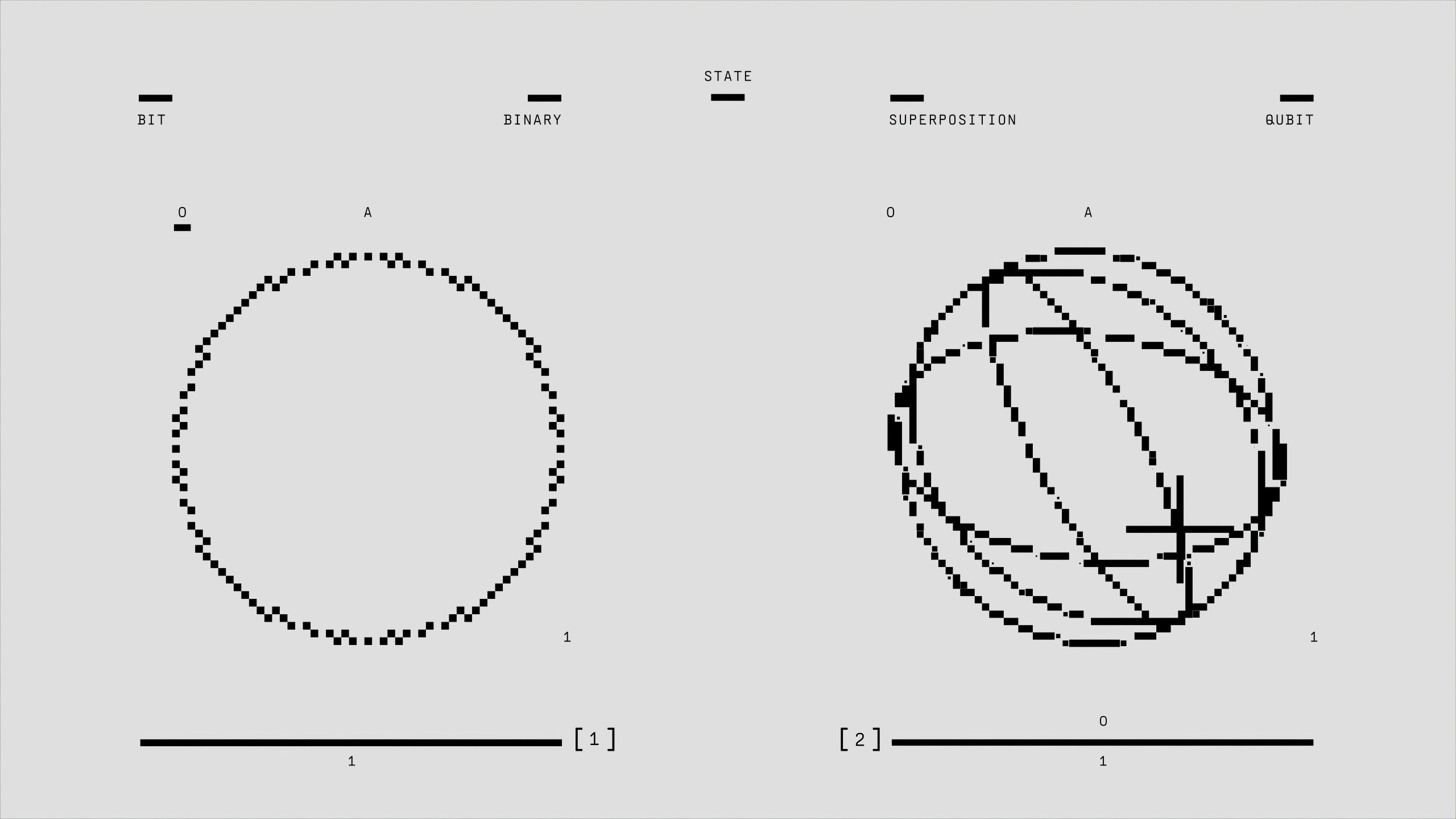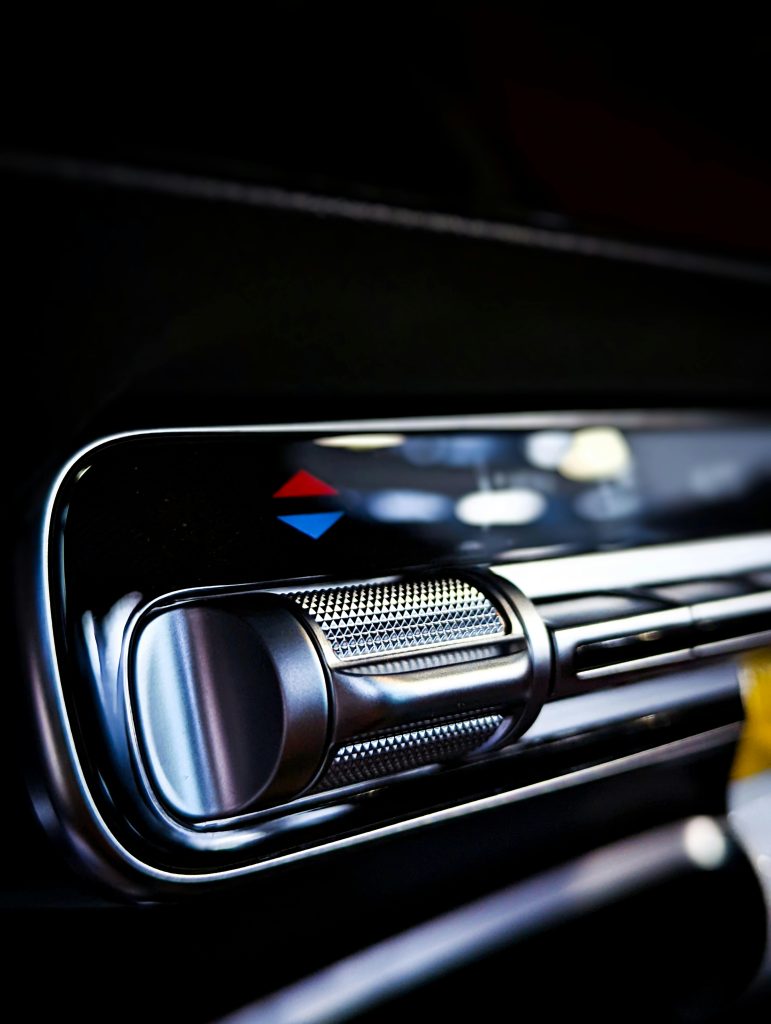Choosing the Right Laptop for Heavy Data Analysis: Acer Aspire Go 15 vs. Samsung Galaxy Book5
When it comes to tackling large datasets and intensive multitasking, selecting the appropriate laptop is crucial to optimize productivity and efficiency. In this article, we compare two popular models—the Acer Aspire Go 15 and the Samsung Galaxy Book5—highlighting their strengths and weaknesses to help you make an informed decision based on your specific needs.
Overview of Your Usage Requirements
Your primary tasks involve:
– Performing regressions with fixed effects on datasets ranging from 5 to 10 GB, which demands substantial CPU and RAM power.
– Maintaining numerous Chrome tabs (primarily PDFs) alongside running code, emphasizing the need for reliable multitasking capabilities.
– Occasionally working unplugged for extended periods, placing a premium on battery life and portability.
Device Comparisons
Acer Aspire Go 15
Specifications:
– Processor: Intel Core i7-13620H (45W H-series)
– RAM: 32 GB DDR5
– Storage: 1 TB SSD
– Price: Approximately €600
Strengths:
– Exceptional sustained CPU performance, well-suited for resource-intensive regressions and multitasking scenarios.
– Ample RAM prevents the need for swapping, ensuring smooth operation during heavy workloads.
– Outstanding price-to-performance ratio, offering high computational power at a competitive price.
Weaknesses:
– Battery life is decent—around 5 to 7 hours when new—but diminishes with age.
– Build quality leans towards the budget side, which may affect durability and aesthetic appeal.
Samsung Galaxy Book5
Specifications:
– Processor: Intel Core Ultra 7 255U (15–20W U-series, newer architecture)
– RAM: 32 GB LPDDR5X
– Storage: 1 TB SSD
– Price: Approximately €850
Strengths:
– Superior battery longevity, realistically providing 9 to 12 hours of usage on a full charge.
– Lighter and more portable, ideal for frequent travelers or remote work.
– Enhanced display quality and overall build, contributing to a more premium user experience.
– Integrated GPU (Intel Arc), offering improved performance for GPU-accelerated tasks and AI workloads.
Weaknesses:
– Less robust sustained CPU performance, leading to slower processing times for regression analysis and similar CPU-bound tasks.
– Higher price point, which may be a consideration depending on budget constraints.
Choosing Based on Your Priorities
If your workload emphasizes raw computational power—
Share this content:



